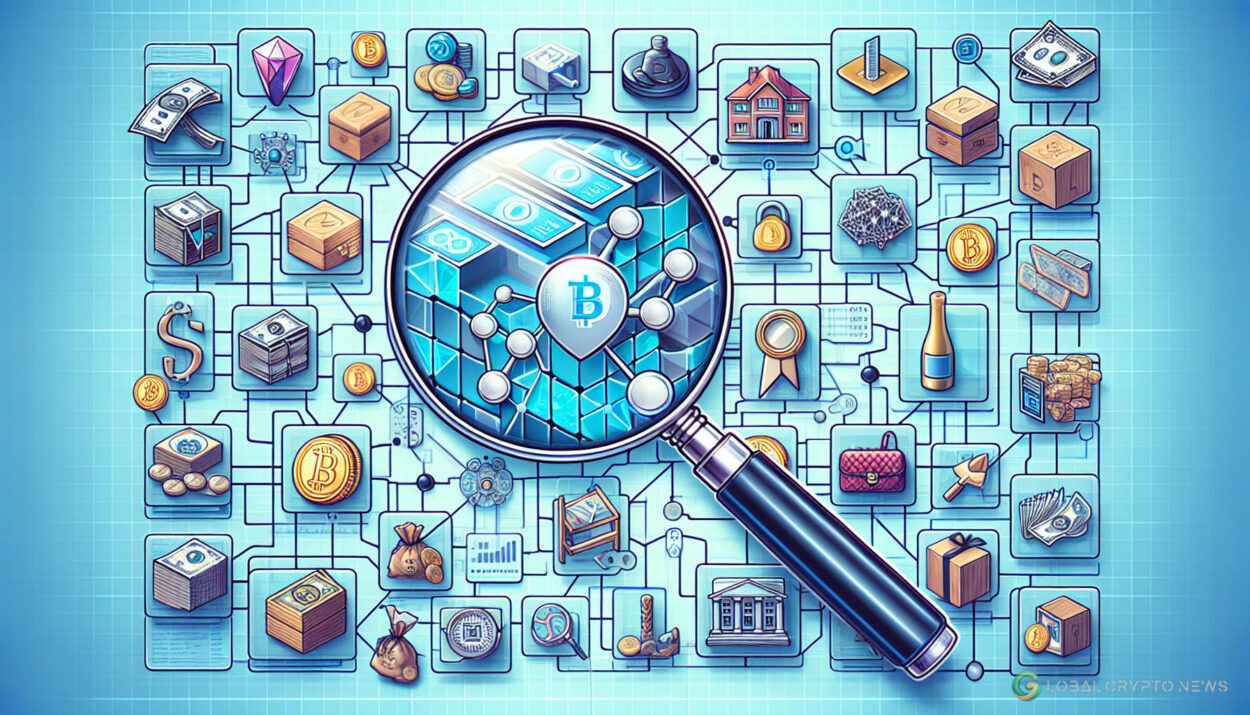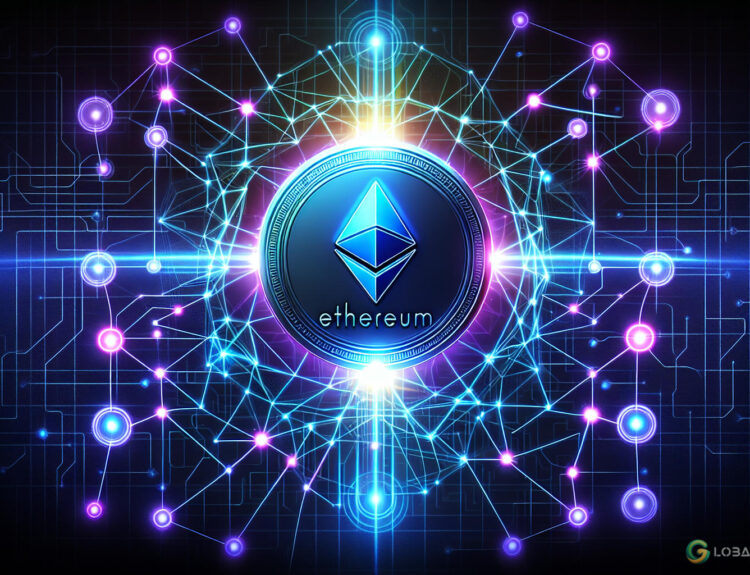After years of anticipation, the time seems right for the tokenization of real-world assets (RWAs). Conservative estimates suggest a $2-4 trillion market by 2030, with more optimistic predictions indicating the market for RWA tokens could reach $30 trillion over the next decade. This emerging opportunity has generated significant enthusiasm.
Challenges in Verifying Real-World Assets
Before the digital assets industry can fully upgrade the financial infrastructure, it must address a crucial issue: scalable verification of real-world assets. Investors need to understand what they are buying, whether it’s fractional shares of a money market fund, real estate, or even a vintage wine collection. Questions about asset specifics, ownership, and possession are essential, as well as regulatory considerations like investor eligibility and tax obligations.
For the liquidity and trading efficiencies promised by RWA tokenization to be realized, traditional asset verification methods need significant upgrades. This is where verification and verified computation come into play. Verification ensures the integrity and compliance of tokenized assets, while verified computation supports this by providing a decentralized computing network for off-chain verification processes.
The Role of Verified Compute Platforms
While blockchain technology underpins the trading of tokenized assets, it does not guarantee the accuracy of essential off-chain data. Verified compute platforms fill this gap, offering a neutral and transparent space for critical functions such as proof-of-reserves checking, document validation, and KYC auditing.
Verification is also vital for attracting financial institutions to the RWA space. Institutions require rigorous standards of accuracy and trust to support a diverse range of investable assets. They need assurance that off-chain data—like asset authenticity, digital identity, and custody arrangements—is accurate and reliably represented on-chain in real-time.
Simple Assets, Complex Data
The first wave of RWA tokenization may involve well-known financial institutions, but the variety of assets and the speed at which they can be traded will challenge traditional trust models. As more assets and new asset classes are tokenized, markets will need instant access to high-quality, standardized data.
Consider the creation of a liquid token market for collectible Rolex watches. The watch must be authenticated, its serial number, model, condition, and location verified, and its ownership history tracked. Traditional methods require physical inspections and certificates of authenticity, which must be replicated into an immutable, real-time ledger.
Buyers and sellers need to trust each other’s identities and ensure transactions comply with regulations like KYC and AML. The watch’s value must be accurately verified in real-time, and if not physically held, its custody or proof of reserve must be confirmed. Blockchain can record transaction activity, but without reliable off-chain data verification, investor confidence is compromised.
Addressing the Verification Dilemma
For the $30 trillion market of financial assets to become truly tradeable, liquid, and automated, verification must be addressed. Emerging technologies offer promising solutions. Advanced cryptographic techniques can verify off-chain computations without revealing sensitive data, creating durable proofs that confirm asset information accuracy, identity verification, and custody arrangements without compromising privacy or security.
Although verified compute has been a topic in the blockchain world for years, verification technologies are just entering the mainstream. Scalable verification platforms based on interactive proofs and zero-knowledge proof-based systems are improving, providing the infrastructure to maintain the integrity of tokenized assets as their real-world status changes.
By integrating off-chain verified compute with smart contracts, it’s possible to bridge off-chain data sources and on-chain functions. This aggregation of data from multiple sources, coupled with decentralized consensus mechanisms, ensures accuracy and provides a trustworthy stream of real-world information to support tokenization.
The key to unlocking RWA markets’ potential lies in creating comprehensive, user-friendly verification systems. These systems must be scalable, cost-effective, and capable of handling diverse tokenized assets—from luxury goods to real estate, stocks, bonds, derivatives, and intangible assets like intellectual property rights or carbon credits.
Until human-based verification becomes automated, on- and off-chain verification will dictate the pace of RWA market growth. The industry must pragmatically solve the verification challenge piece by piece.
The future of RWA tokenization depends on creating industry-wide standards for verification processes. These standards must include real-time asset verification, regulatory compliance, and transparent proof of reserves. By addressing these challenges collaboratively, the blockchain industry can build the trust foundation necessary to realize the full potential of this $30 trillion market.
For more cryptocurrency news and updates, visit Global Crypto News.
Blane Sims is the head of product at Truebit, specializing in verified computing solutions for web3 applications. With a focus on transparency and trust in decentralized systems, he emphasizes the importance of verification in establishing data integrity and algorithmic correctness. Sims’ expertise covers blockchain technology, AI integration, and complex data ecosystems. His work at Truebit aims to bridge blockchain limitations and real-world computational needs, fostering a new era of trustless applications. Previously, Sims held leadership roles at Tapad, MiQ, and Signal, driving innovations in data platforms and identity resolution.

























